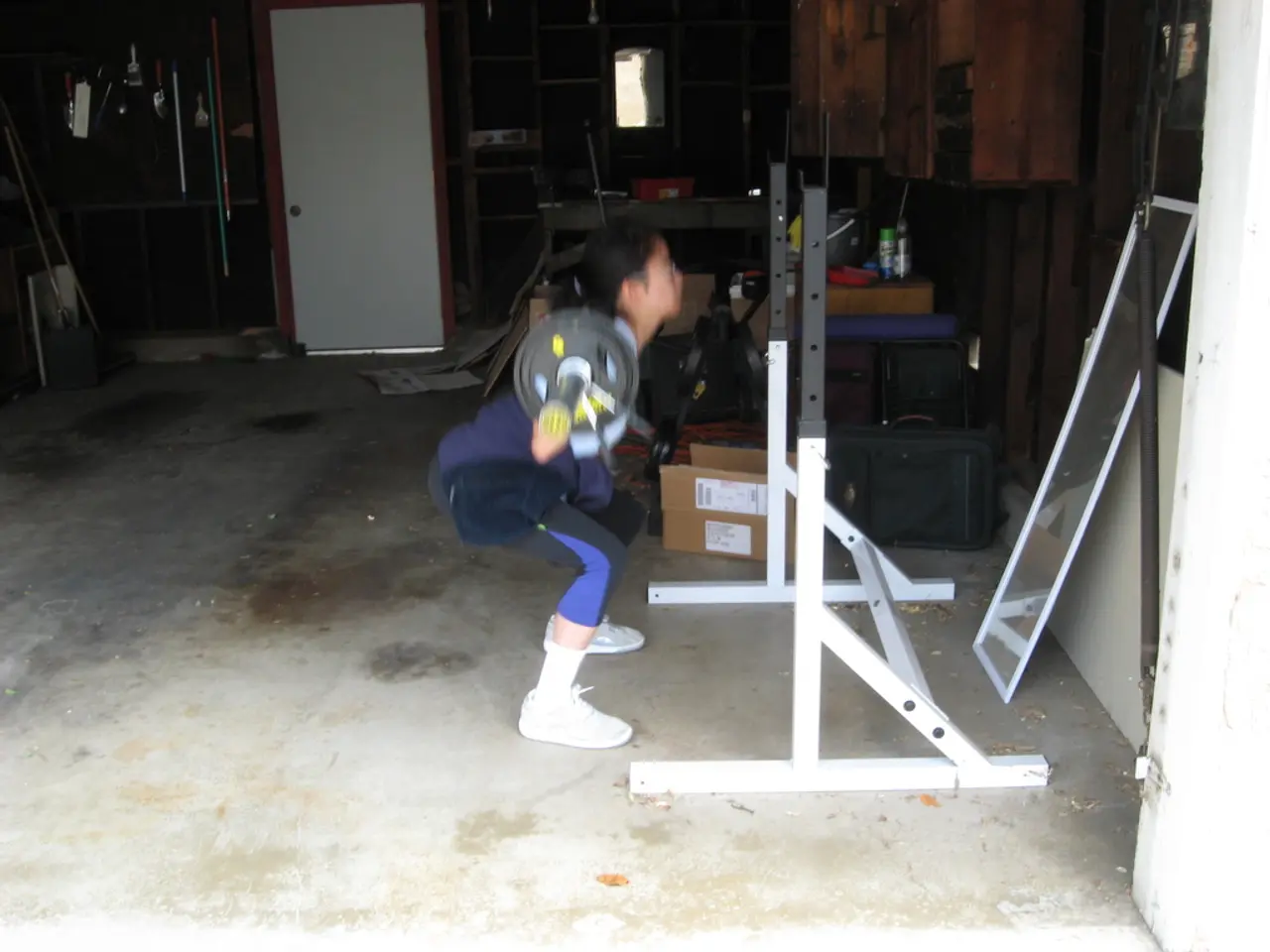Surgical Treatment for Shoulder Pain: Understanding Acromioplasty and Its Recovery Process
Acromioplasty, also known as subacromial decompression, is a commonly used surgical procedure to address various shoulder conditions that may cause pain and impaired function. This article provides an overview of the procedure, its benefits, and potential risks.
### Common Conditions Treated by Acromioplasty
The most common indication for acromioplasty is subacromial impingement syndrome, where the acromion process compresses the rotator cuff tendons, causing pain and limited shoulder movement. Other conditions treated include rotator cuff tendinitis and tears, acromioclavicular joint osteoarthritis, acromion fractures, and abnormal acromion morphology, which can reduce the subacromial space.
### The Procedure
Acromioplasty is typically carried out arthroscopically through small keyhole incisions, although a larger incision may be necessary in some cases. The surgeon uses special surgical instruments during the procedure to shave away part of the shoulder bone called the acromion, thereby enlarging the subacromial space and reducing impingement on the rotator cuff tendons.
### Recovery Process
Following the procedure, initial immobilization is required to allow healing. This is followed by physical therapy focusing on gradual range of motion restoration and progression to strengthening exercises to improve shoulder function. Recovery time varies but arthroscopic acromioplasty usually allows for a shorter recovery period compared to more invasive open procedures.
### Benefits of Acromioplasty
The benefits of acromioplasty include enlargement of the subacromial space, improved shoulder mobility and decreased pain, a potentially enhanced healing environment for damaged tendons, and a lower impairment rating compared to more invasive surgeries. Arthroscopic techniques also improve diagnostic accuracy and reduce recovery time.
### Potential Complications
Potential risks of acromioplasty include incomplete relief of symptoms if underlying tendon or joint damage is severe, infection and bleeding, stiffness or limited range of motion if rehabilitation is inadequate, and rarely, damage to surrounding nerves or vessels.
The effectiveness of surgical decompression for chronic shoulder pain without trauma remains controversial, and surgery is generally reserved for cases refractory to conservative treatments or with clear structural abnormalities.
### Timeline for Recovery
It can take 2-4 months to achieve complete relief of pain after acromioplasty, and up to 6-9 months if a rotator cuff repair is also performed. Other potential complications include nerve damage, damage to blood vessels, stiffness or "frozen shoulder," and anesthesia complications.
### Decision to Proceed with Surgery
The decision to proceed with acromioplasty requires careful clinical evaluation to balance benefits and risks. A medical professional can offer advice on when it is safe to return to work after the surgery.
In conclusion, acromioplasty offers a viable solution for those suffering from shoulder pain and impaired function due to subacromial impingement or related rotator cuff conditions. With its benefits, including pain relief and improved function, and a relatively low risk of complications, especially with modern arthroscopic techniques, the procedure can significantly improve the quality of life for many individuals. However, a thorough clinical evaluation is necessary to determine the best course of action for each individual case.
- For individuals with musculoskeletal conditions causing shoulder pain and impairment, such as subacromial impingement syndrome, science and medical advancements provide options like acromioplasty, a surgical procedure that uses modern techniques to address these health-and-wellness issues and improve fitness-and-exercise capabilities.
- Acromioplasty, a common medical-condition treatment, can lead to benefits like pain alleviation, improved mobility, and an enhanced healing environment, making it a potential solution for many, especially with the precision and shorter recovery time offered through fitness-and-exercise-friendly techniques like arthroscopy.




